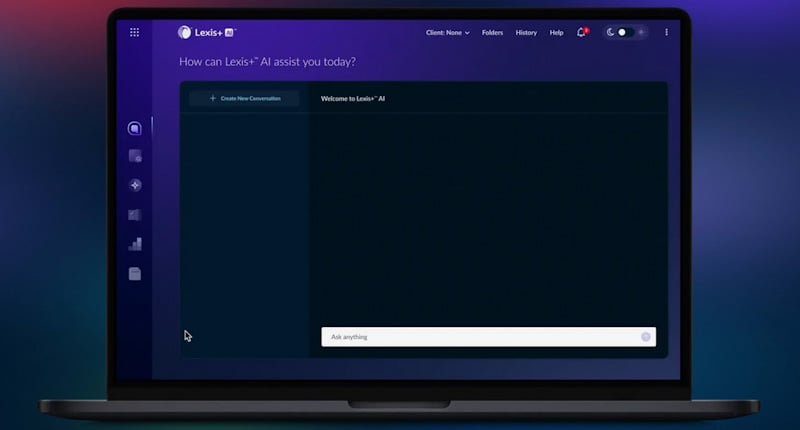Do-It-Yourself Directions
The use of computers and computer programs in law offices presents both a problem and a solution. The problem is how to assimilate software into your practice and then institutionalize knowledge of how to use it.
The solution is creating an office culture dedicated to sharing knowledge. Staff should create a written knowledge base documenting procedures, recurring problems and solutions. That database has an added advantage: It fights the tendency of staff to monopolize knowledge.
If you do not document your software successes, you may be doomed to mediocrity in using the technology, or to dependence on one or two people who really know how it works.
Documentation also helps push up the level of usage across the staff. And it is the only way to identify problems ahead of catastrophe and find solutions that use the collective intelligence of everyone, including those who no longer work for you.
Office Protocols is our name for this knowledge base; you can call it anything you like. Though not a solution in itself, it is the backbone for building the culture.
Office Protocols is a document. It can be a simple word processing document, or a complex database. Ideally, it would be composed using editing functions like Inspiration or NoteMap that allow information to be organized in outline form. It would be accessed and manipulated using database functions like Microsoft Access or Lotus Notes. Currently this is not easily done. We don’t know of any database that functions like an outliner, nor any contemporary outliner that functions like a database.
We use a database discussion template for our Office Protocols. This has the advantage of easy access from any desktop, with built-in controls for simultaneous use. It also has a disadvantage: It is not easy to move the pieces around to build a more logical order.
TAKE TIME TO DO IT RIGHT
Don’t try to create office protocols (or your version of it) overnight. Let it grow over time. Patience is essential. Some of the broad topics we cover are:
• Appointments—from electronic calendaring to lawyer time preferences.
• Clients—from copies of files and documents to questions about bills.
• Computers—from when to reboot to personal use to specifics about certain programs.
• Mail—from paper-oriented issues to scanning.
• Telephone—basic but important, and there are many issues to cover.
• Trials—from ordering lunch to marking exhibits.
• Documents—from composition to processing.
Whenever a new procedure is discovered or implemented, we have the person working with the procedure write down how it is done. Someone will then turn the procedure into an addition for Office Protocols. Not only will the instructions be available, but anyone can see the steps broken down into simple tasks, which facilitates comprehension of how to improve the procedure.
When a mistake is made, we discuss it and determine why it happened. Then we have the person who made the mistake write the first draft of an Office Protocol. It is important for staff to understand that drafting a protocol is not a punishment, but a task designed to prevent anyone from making that mistake again.
One lawyer should be appointed as editor of Office Protocols. This person will be responsible for making sure that the protocol is procedurally complete and correct, and that it is approved by all necessary people. Unless the solution is obvious, the edi- tor should also seek input from other staff before the protocol is drafted.
The mechanization of a law office requires an ongoing process of reinventing the practice. In a pinch, anyone in the office, including lawyers, should be able to do any nonlawyer’s job.
David Beckman and David Hirsch practice in the law firm of Beckman & Hirsch in Burlington, Iowa. Contact Beckman by e-mail at [email protected] or Hirsch at [email protected].



